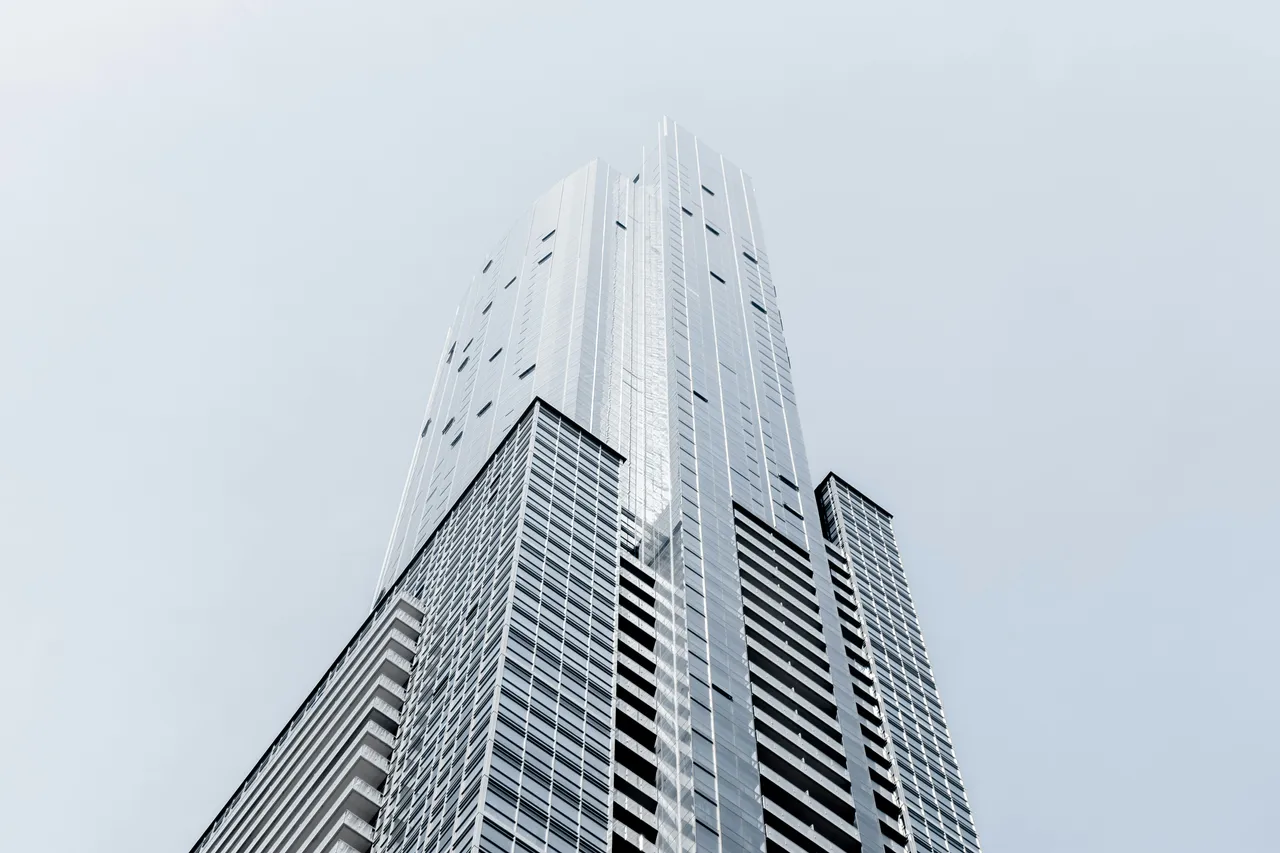The Role of Technology in Shaping the Future of Construction and Design

The future of construction and design is being reshaped by technology, transforming how buildings are conceived, constructed, and maintained. This evolution promises more efficient, sustainable, and innovative solutions in the architectural field.
The Digital Revolution in Construction
The construction industry is undergoing a significant transformation, thanks to the adoption of digital technologies. Building Information Modeling (BIM) is at the forefront of this change, allowing architects, engineers, and contractors to collaborate more effectively. By creating detailed digital representations of buildings, BIM enables stakeholders to visualize the project in a virtual space, leading to better decision-making and project outcomes. Furthermore, the use of drones for site surveys has revolutionized the way architects and construction professionals gather data, providing accurate measurements and real-time insights into the progress of a project.
Moreover, virtual and augmented reality technologies are bridging the gap between digital and physical worlds. Architects and clients can now walk through a digital twin of their project, experiencing the space before it's built. This immersive experience aids in making more informed decisions regarding materials, lighting, and spatial arrangements, ultimately enhancing the final design.
Sustainable Solutions through Innovation
Sustainability is a major driver of innovation in the construction and design industry. Technologies such as 3D printing are paving the way for more sustainable construction practices by reducing waste and enabling the use of recycled materials. For instance, 3D-printed buildings not only reduce the carbon footprint associated with traditional construction methods but also offer new possibilities in design aesthetics and functionality.
Additionally, smart building technologies are redefining energy efficiency and management in construction. These systems use sensors and IoT (Internet of Things) devices to monitor and control various aspects of a building's environment, optimizing energy usage and improving the occupants' comfort. The integration of renewable energy sources, like solar panels and wind turbines, into building designs is also facilitated by technological advancements, further contributing to the sustainability of construction projects.
The Impact of AI and Machine Learning
Artificial intelligence (AI) and machine learning are playing increasingly significant roles in the construction and design industry. AI-powered tools can predict project timelines, assess risks, and provide solutions to potential problems before they arise. This proactive approach minimizes delays and cost overruns, ensuring projects stay on track. Machine learning algorithms analyze vast amounts of data to identify trends and patterns, offering insights that can lead to more efficient construction methods and innovative design solutions.
AI is also transforming the maintenance and operation of buildings. Predictive maintenance, powered by AI, can foresee equipment failures and schedule repairs, reducing downtime and extending the lifespan of building systems. This not only lowers maintenance costs but also enhances the safety and reliability of buildings.
The Future Is Now
The role of technology in the construction and design industry is not just about adopting new tools; it's about embracing a new mindset. As we look to the future, the collaboration between humans and technology will continue to be pivotal. The integration of advanced technologies such as BIM, AI, and sustainable innovations will drive the industry towards more efficient, safe, and creative outcomes. The future of construction and design is here, and it's being built on the foundation of technological advancement.
The embrace of technology in construction and design heralds a new era of efficiency, sustainability, and innovation. By leveraging digital tools and embracing sustainable practices, the industry can achieve remarkable feats of architecture that were once deemed impossible. The future of construction is bright, and it is being shaped by the minds and machines working in harmony to redefine our built environment.
This article was developed using available sources and analyses through an automated process. We strive to provide accurate information, but it might contain mistakes. If you have any feedback, we'll gladly take it into account! Learn more